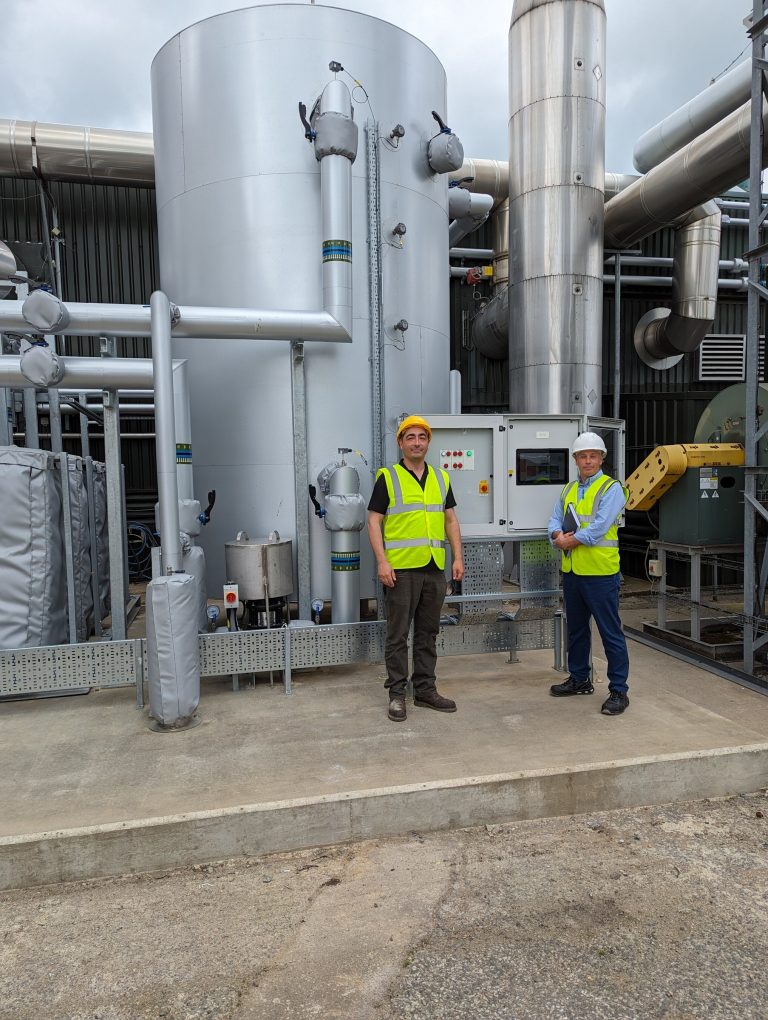The Hain Celestial Group (Nasdaq: HAIN), a global leader in health and wellness products, has taken a bold step towards environmental sustainability with a significant investment in a decarbonization project at its main UK manufacturing facility in Histon, Cambridgeshire. This initiative aligns with Hain Celestial’s Global Impact Strategy and aims to reduce greenhouse gas (GHG) emissions by 42% across its global facilities by 2030.
From Fruit Waste to Clean Energy
Histon, home to the production of some of Hain Celestial’s most beloved brands, including Hartley’s® jams, Robertson’s®, Frank Cooper’s®, Rose’s® marmalades, and Clarks® maple syrup, is now at the forefront of sustainable energy generation. At the heart of the project is the upgrade of an anaerobic digestion (AD) plant, which processes fruit waste to produce biogas. The biogas is then used to generate electricity through a combined heat and power (CHP) unit, with the heat being repurposed for hot water production on-site. This innovative system forms a closed-loop energy process, turning fruit waste into clean energy.
The enhanced AD plant will more than double the energy produced from waste fruit, allowing the facility to meet 25% of its electricity needs through this green energy solution. This achievement marks a significant milestone in Hain Celestial’s efforts to reduce its carbon footprint.
“We’re incredibly proud of the progress at Histon,” said Benjamin Jeffery, Sustainability Lead at Hain Celestial. “Following the positive initial results, we are excited to install a second CHP system to further increase the on-site generation of sustainably sourced electricity.”
A Healthy Planet
Histon, which holds ISO 14001 certification for environmental management, stands as a model of Hain Celestial’s commitment to creating a healthier planet. The success of this initiative will serve as inspiration for future decarbonization efforts across the company’s global operations. Hain Celestial’s broader environmental goals, aligned with the Science Based Targets Initiative (SBTI), include reducing Scope 1 and 2 emissions by 42% by fiscal year 2030, as well as reducing Scope 3 emissions by 25%, compared to a 2022 baseline.
In addition to these emission reduction targets, Hain Celestial is working towards 100% renewable energy usage and aims to divert 90% of food waste from landfill across its global operations by 2025—an objective that the Histon facility’s fruit-powered energy system will help to advance.
Environmental Impact
Histon is a significant step forward in our mission to minimize environmental impact and boost sustainability across our global portfolio commented Chris Jenkins, Global Head of Impact at Hain Celestial. Our investment in cutting-edge decarbonization technology, such as anaerobic digestion, exemplifies our dedication to responsible business practices, demonstrating how we can leverage innovative solutions to contribute to both a healthier planet and healthier people.
Through its continued investment in sustainable energy and resource management, Hain Celestial is not only reducing its carbon footprint but also setting an example for industries worldwide, showcasing how businesses can play a vital role in combating climate change. The company’s efforts to generate electricity from fruit waste at Histon reflect a forward-thinking approach to environmental stewardship and sustainable business practices.
